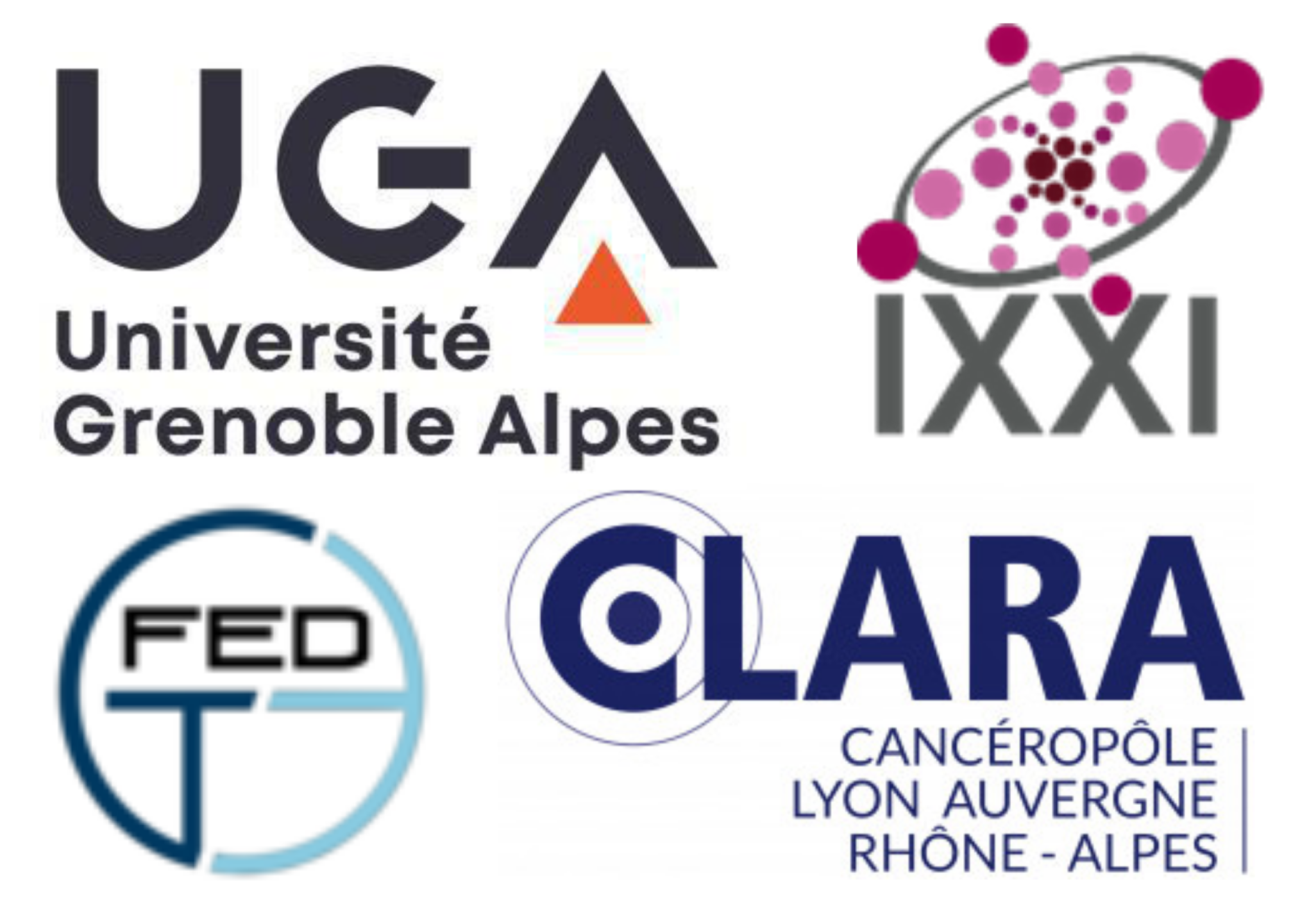Hydra Vulgaris is a fresh water polyp known for its regenerative capabilities. Each piece excised from its body can reform, in a few days, a new complete and functional Hydra. The observed influence of tissue mechanics on their regeneration suggests that there is a mechano-biological coupling at play. However, the study of such coupling has suffered from a lack of knowledge of the mechanical properties of regenerating Hydra samples. Here, we used a novel parallel micro-aspiration setup and numerical simulations to fill this gap. We demonstrated that the rheology of Hydra tissue spheres displays three different regimes depending on the applied stress: elastic, visco-elastic and finally tissue rupture. Using models of deformable spherical shells, we were able to determine the Young modulus and viscosity associated with the elastic and viscous phases as well as the stresses required to switch between these different responses, including the critical stress inducing tissue rupture. This full mechanical characterization therefore offers a first step for the future elaboration of new models of Hydra patterning based on experimental results and including both the mechanical and biochemical levels.
 |
Mechano-Biology and Physics of Life (6th edition)25/01/2024 - Grenoble (France) |
 |
|
|
|
Abstracts > Joseph PierreMechanical characterization of regenerating Hydra tissue spheres
1 : Institut Lumière Matière [Villeurbanne]
Université Claude Bernard Lyon 1, Centre National de la Recherche Scientifique
2 : Centre de Biologie Structurale [Montpellier]
Institut National de la Santé et de la Recherche Médicale, Centre National de la Recherche Scientifique, Université de Montpellier
3 : Laboratory for Analysis and Architecture of Systems [Toulouse]
Institut National des Sciences Appliquées de Toulouse, Université Toulouse III - Paul Sabatier, Université Toulouse-Jean-Jaurès, Institut National Polytechnique de Toulouse, Institut des Sciences de l'Ingénierie et des Systèmes, Centre National de la Recherche Scientifique - CNRS
4 : Ecole Superieure de Physique et de Chimie Industrielles de la Ville de Paris
Université Paris sciences et lettres
|
 PDF version
PDF version
